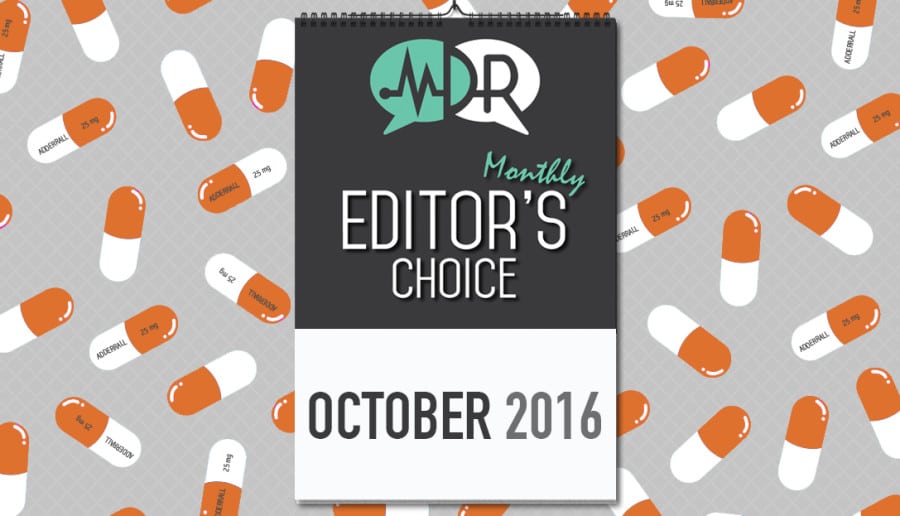ANTALYA JANO | Senior Editor
Once hushed and highly stigmatized, the discussion of mental health on US college campuses has become prevalent as more students attempt to cope with the academic rigor, financial strain, and social pressures that accompany college life. Student-author Pauline Woo (’14) discusses the significance behind this conversation and stresses the need for greater accessibility to treatment in her Fall 2012 article, “The Importance of Mental Health Treatment for College Students.” Drawing on telling data provided by various experts, she suggests colleges implement a wider variety of services to confront mental health issues before they drastically worsen.
Four years later, the content of Pauline’s article is no less relevant. As she contends, the effects of untreated mental health illnesses in college students are far-reaching and can be unimaginably difficult to reverse. She briefly discusses how students experiencing psychological distress inappropriately self-medicate with prescription drugs such as Adderall and Xanax. In a recent New York Times article, writer Casey Schwartz traces her own journey with Adderall addiction over the course of a decade. She first started using the drug during her sophomore year at Brown University in order to summon an unrivaled sense of willpower to conquer her large workload, for example, producing a well-written five-page paper in a couple of hours. Lacking the guidance and knowledge regarding such abuse, Schwartz was unable to realize the gravity of her addiction until she was left psychologically and physically debilitated. In terms of mental health, a student’s college years are especially formative. The brain is still undergoing maturation, developing skills that will serve them for the rest of their lives.
Today, the topic of mental health is rising to the forefront of discussion at universities, including NYU. After several suicides during the 2003-2004 school year, NYU was compelled to establish the Wellness Exchange, a free 24-hour hotline to aid students suffering from suicidal depression or any other mental health issues. It offers what is known as an “anonymous entry point” to students suffering from suicidal depression and any related mental health issues. The Wellness Exchange is open not only to students, but also to family members, friends, and professors looking to voice concerns about someone they know. Each year, information about this program is communicated to first year students through The Reality Show. Surveys show that NYU’s effort to increase accessibility to mental health services has been reasonably successful. Students report they feel more equipped to access services like the Wellness Exchange and that they would make use of these services when in need.

Schools across the country have seen an increase in students seeking mental health services, a greater percentage of which unfortunately happen to self-harm. However, despite this apparent progress with intervention, mental health awareness still needs to be raised so that students can overcome the stigma associated with mental health and are willing to reach out. Universities should remain focused on improving the availability of such services and allocate more funding. To combat this ever-present problem, it might be a good idea to begin the conversation of mental health early in college. Matriculating students should be prepared for an often difficult transition from high school and learn safe ways to address mental health concerns.
Read Pauline Woo’s Fall 2012 article
References:
Schwartz, Casey. “Generation Adderall.” New York Times. 12 Oct. 2016.
Rhodan, Maya. “Why College Is a Risky Time for Students’ MentalHealth.” TIME. 31 Aug. 2016.
https://www.naspa.org/images/uploads/main/Silver919.pdf
